Cornrows in African culture represent more than a hairstyle; they embody a cultural language. These braids convey social status, identity, and heritage, showcasing tribal affiliations and life milestones. Beyond aesthetics, cornrows serve as a form of self-expression, connecting individuals to their roots and preserving traditions. They are a living art that weaves together a sense of community, pride, and storytelling, contributing to the rich tapestry of African heritage.

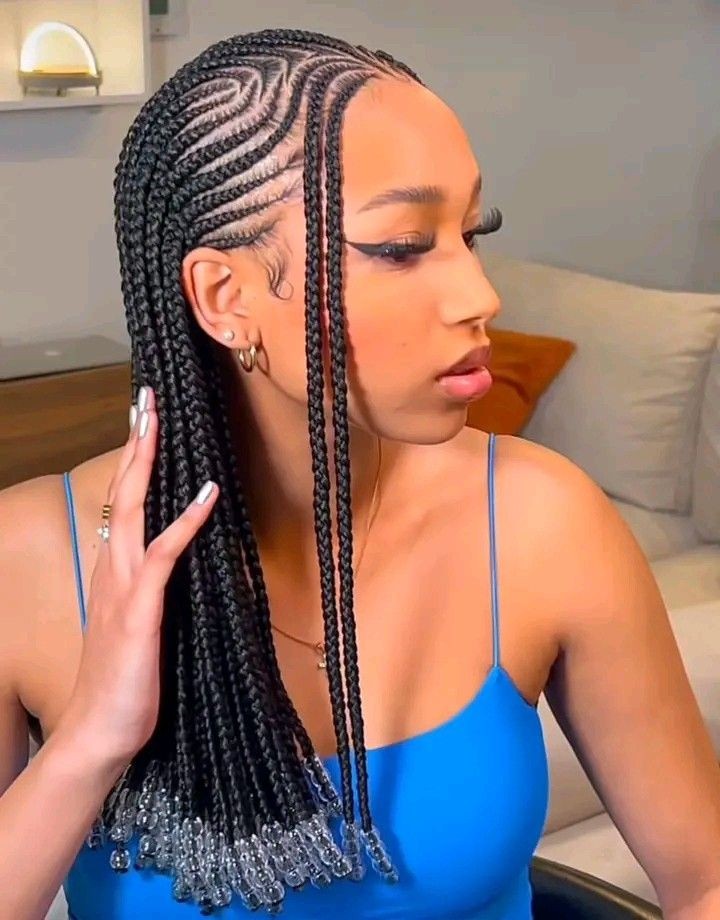
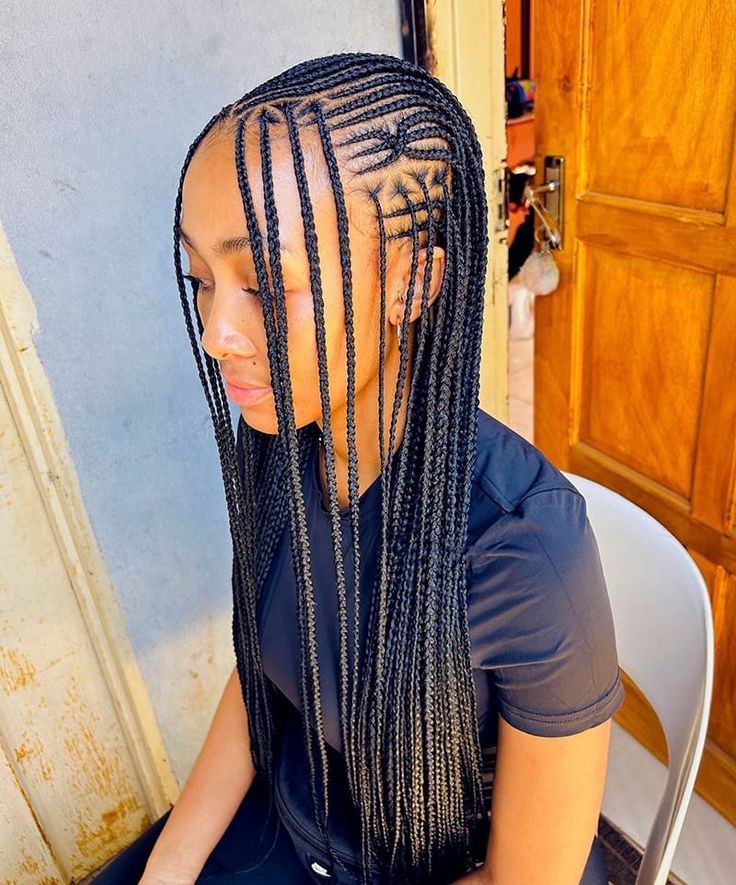
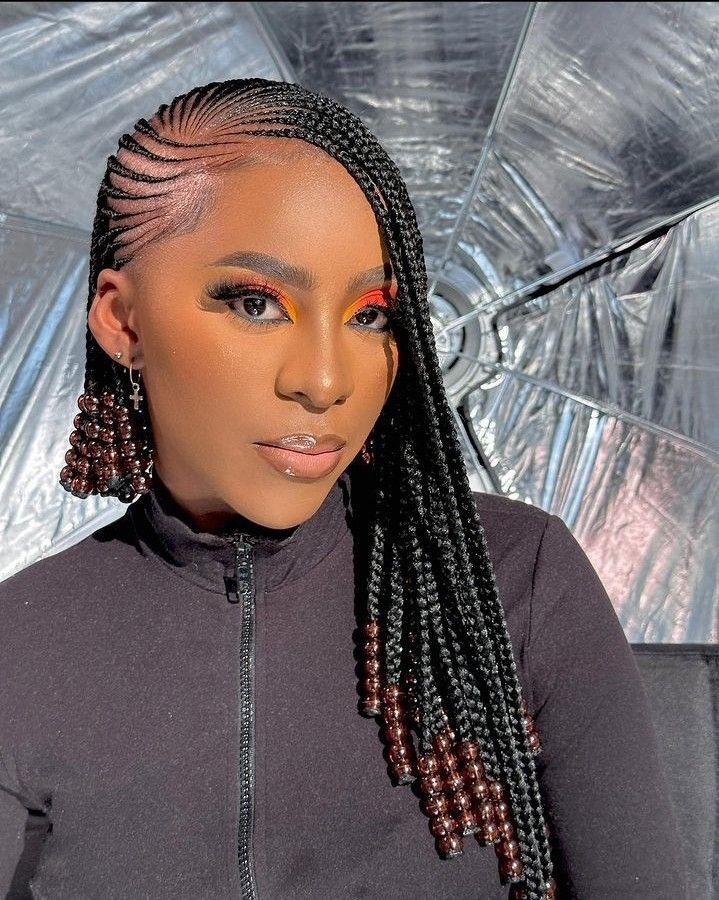


Cornrows are a traditional African hairstyle that has been in existence for centuries and holds a significant place in African culture. This unique hairstyle involves braiding the hair close to the scalp, creating a series of parallel rows that resemble rows of corn. While cornrows have become popular in recent years, in African culture, they hold a much deeper meaning than just a trendy hairstyle.

It is a symbol of beauty, identity, and cultural pride that has been passed down from generation to generation. In this article, we will delve into the significance of cornrows in African culture, exploring its history, cultural significance, and current impact. We will uncover the rich traditions and beliefs surrounding this hairstyle, shedding light on its role in African society and how it has evolved over time. From its roots in ancient African civilizations to its modern-day representation, we will discover the enduring legacy of cornrows and its enduring significance in African culture.
Traditional African braiding techniques for cornrows.
Cornrows are a timeless and iconic hairstyle that have deep roots in African culture. The art of cornrowing involves intricately weaving hair close to the scalp in neat, straight rows. While cornrows have gained popularity worldwide, it is important to recognize and appreciate the traditional African braiding techniques that have been passed down through generations. These techniques require skill, precision, and creativity, as each braid is meticulously crafted.

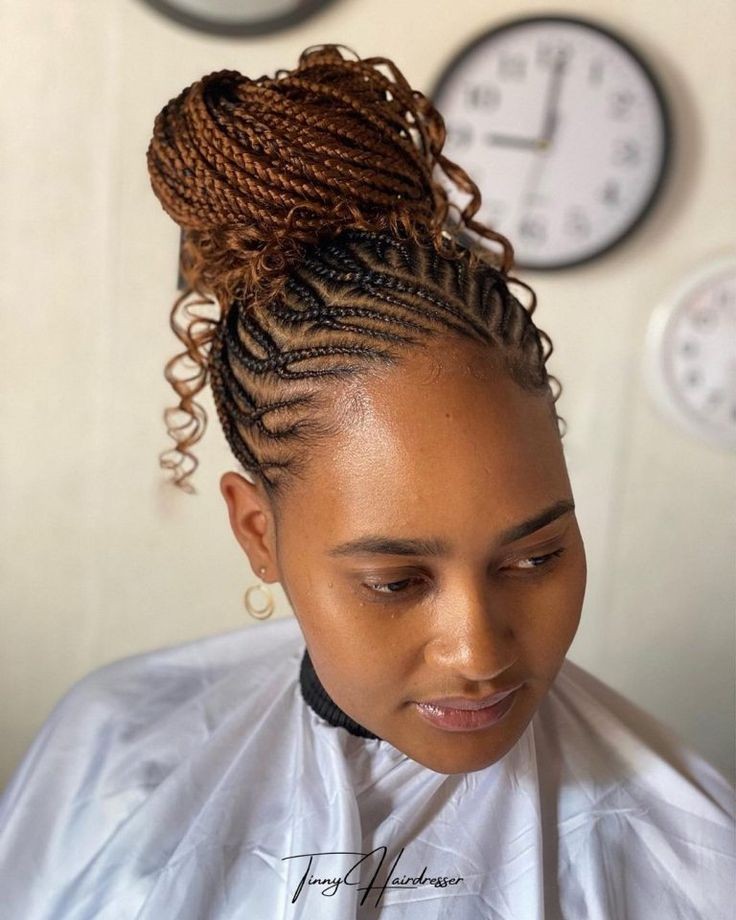


The result is not only a visually stunning hairstyle but also a cultural symbol that represents heritage, unity, and the beauty of African traditions. By learning and practicing traditional African braiding techniques for cornrows, we can pay homage to the rich history and significance of this hairstyle in African culture.
Symbolism and cultural significance of cornrows.
Cornrows hold deep symbolism and cultural significance within African communities. These intricate braided patterns can often convey messages about an individual’s identity, social status, or even their lineage. In some African cultures, cornrows are seen as a rite of passage and a way to express cultural heritage. The patterns and designs chosen for cornrows can also carry specific meanings. For example, geometric patterns may symbolize unity and community, while zigzag patterns can represent a journey or the ups and downs of life.




Additionally, cornrows have been used as a form of resistance and empowerment, as they have historically been associated with African pride and resilience. By embracing and celebrating cornrows, individuals can honor and preserve the cultural traditions and heritage of African communities.
Connection to African identity and heritage.
The connection to African identity and heritage is deeply rooted in the practice of adorning cornrows. For many individuals of African descent, cornrows serve as a tangible link to their ancestral roots and a way to embrace and celebrate their African heritage. The intricate braiding techniques used in cornrows have been passed down through generations, symbolizing a connection to the past and a sense of cultural continuity.


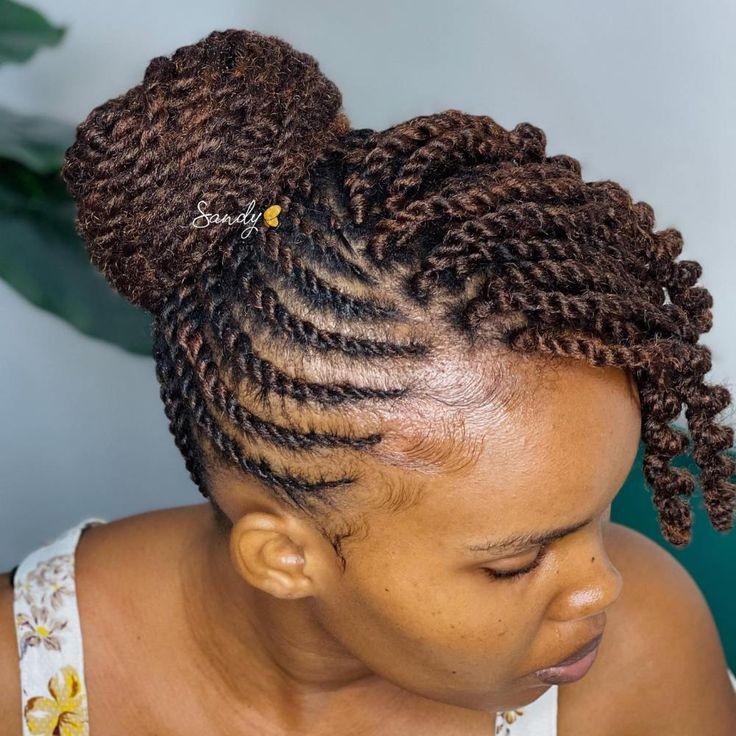
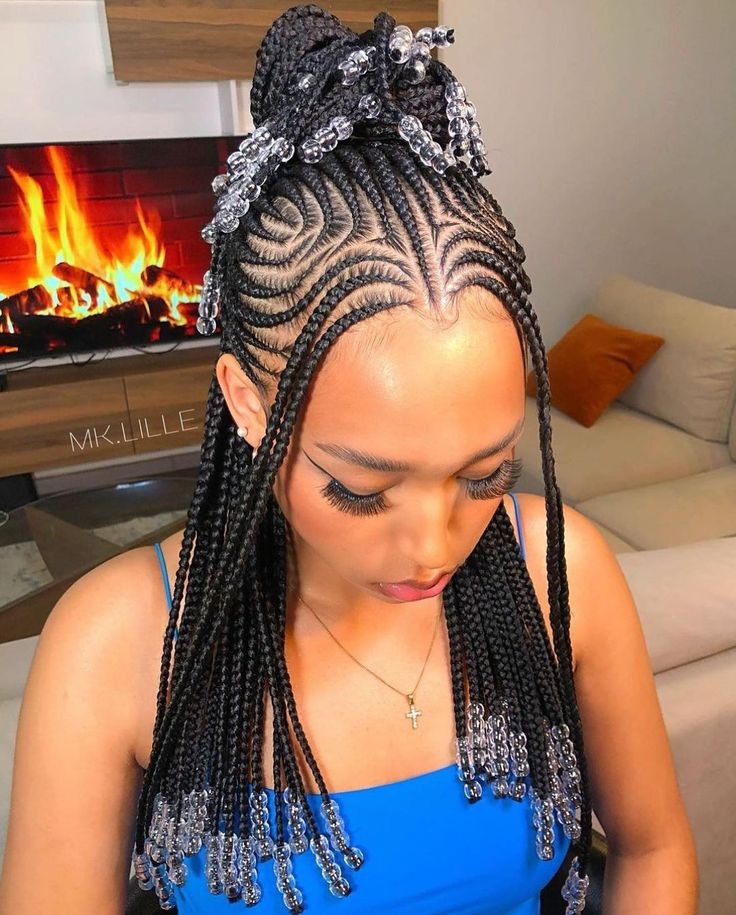
By wearing cornrows, individuals not only showcase their personal style but also affirm their African identity, promoting a sense of pride and belonging within their community. The significance of cornrows in African culture extends beyond mere fashion; it is a powerful expression of resilience, cultural preservation, and a proud affirmation of African heritage.
Evolution of cornrows over time.
Over time, cornrows have undergone an evolution that reflects the changing dynamics of fashion and cultural influences. Originally, cornrows were primarily worn as a practical hairstyle to manage and protect textured hair in African communities. The traditional technique involved tightly braiding the hair close to the scalp in straight rows, creating a distinctive and geometric pattern. However, as African cultures interacted with other societies through trade, colonialism, and migration, the style of cornrows began to incorporate new elements and variations. In the United States, for example, cornrows became popularized during the 1970s as a symbol of Black pride and resistance against societal norms.

Today, cornrows have transcended cultural boundaries and gained mainstream recognition, becoming a fashionable and versatile hairstyle embraced by people of various ethnic backgrounds. The evolution of cornrows exemplifies the adaptability and enduring appeal of African-inspired hairstyles, showcasing the rich cultural heritage that continues to inspire and influence contemporary fashion trends.
Versatility of cornrows in styling.
Cornrows have gained significant recognition for their versatility in styling. This iconic braided hairstyle offers endless possibilities for creative and unique looks. The tight and neat rows create a sleek and polished appearance that can be worn in various ways. From classic straight-back cornrows to intricate designs and patterns, cornrows allow individuals to express their personal style and creativity.




Additionally, cornrows can be accessorized with beads, ribbons, or other embellishments to add an extra touch of individuality. Whether it’s for a formal event or a casual day out, cornrows provide a versatile option that can be easily customized to suit any occasion. Their adaptability in styling makes cornrows a popular choice for individuals looking to embrace a chic and culturally significant hairstyle.
Role of cornrows in tribal rituals.
Throughout history, cornrows have played a significant role in tribal rituals within African culture. These intricate braided patterns symbolize more than just a fashion statement; they hold deep cultural and spiritual meanings. In many African tribes, cornrows are used as a form of identification, representing one’s lineage, marital status, or tribal affiliation.

The process of creating cornrows often involves a communal effort, with family members or elders playing a part in the braiding. This not only strengthens social bonds but also serves as a means of passing down cultural traditions and knowledge from one generation to the next. The act of adorning cornrows for tribal rituals carries a sense of pride and connection to one’s heritage, making it an integral part of the rich tapestry of African culture.
Historical significance of cornrows.
The historical significance of cornrows can be traced back to ancient civilizations in Africa. The practice of styling hair in intricate braided patterns has been documented in various archaeological findings, depicting individuals adorned with cornrows dating back thousands of years. These hairstyles were not only a form of personal expression but also served as a cultural marker, representing social status, tribal affiliation, and even indicating a person’s age or marital status.
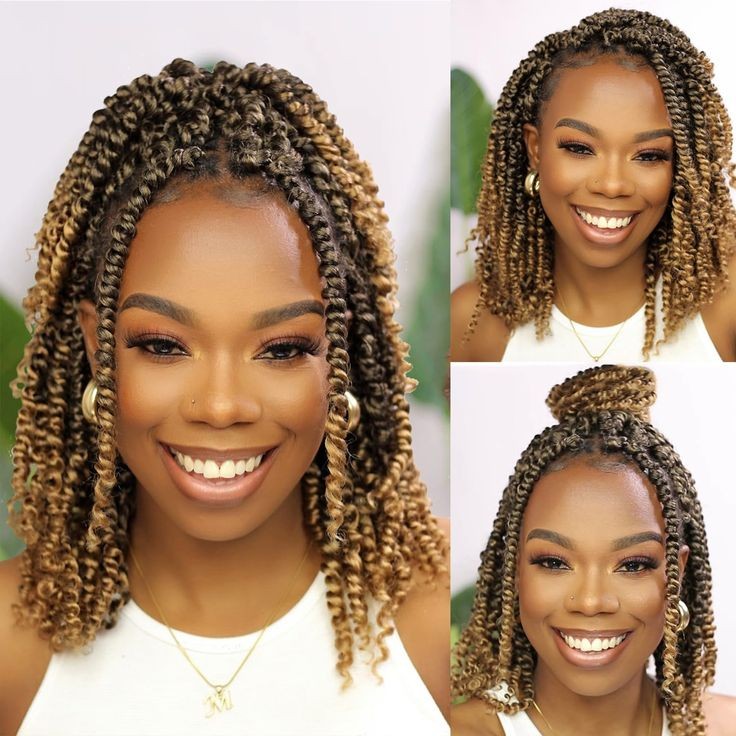
By examining historical artifacts and accounts, it becomes evident that cornrows held a deep significance within African societies, serving as a visual representation of identity, heritage, and cultural traditions that have been passed down through generations. This enduring tradition continues to resonate with African communities around the world, showcasing the enduring beauty and cultural significance of cornrows.
Influence of cornrows in fashion.
Cornrows have significantly influenced the world of fashion, transcending cultural boundaries and becoming a popular style choice for individuals of diverse backgrounds. In recent years, cornrows have been embraced by celebrities, fashion icons, and designers, who have incorporated this traditional African hairstyle into their runway shows, magazine spreads, and red carpet looks.




The intricate braiding patterns and unique geometric designs of cornrows add a bold and distinctive element to hairstyles, making them a sought-after trend in the fashion industry. This widespread adoption of cornrows in the world of fashion signifies a growing appreciation for African culture and serves as a testament to the enduring impact of this ancient hairstyle on contemporary style and beauty trends. The influence of cornrows in fashion showcases the power of cultural exchange and the recognition of the beauty and artistry rooted in African traditions.
Importance of passing down tradition.
The passing down of traditions plays a vital role in preserving cultural heritage and identity. When we pass down traditions from one generation to the next, we ensure that our rich history and customs are not lost or forgotten. These traditions serve as a connection to our ancestors, allowing us to understand and appreciate their experiences, values, and beliefs.



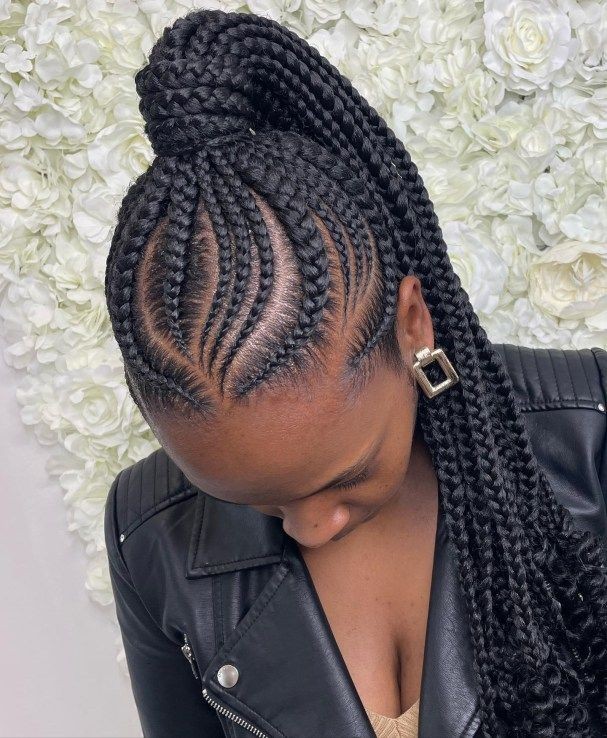
By embracing and continuing these traditions, we foster a sense of belonging and pride in our cultural heritage, while also strengthening our bonds with family and community. Moreover, passing down traditions allows us to teach important life lessons, values, and skills to future generations, instilling a sense of respect, resilience, and cultural diversity. In a rapidly changing world, the importance of passing down traditions cannot be overstated as it helps to maintain a sense of cultural continuity and cohesion.
Embracing and celebrating diversity.
Embracing and celebrating diversity is crucial in building inclusive and harmonious societies. By recognizing and valuing the differences among individuals, we create an environment that promotes understanding, acceptance, and respect. Embracing diversity means acknowledging that each person brings a unique set of experiences, perspectives, and talents to the table. It means embracing different cultures, religions, languages, and ethnicities, and recognizing the richness that comes from these diverse backgrounds.




When we celebrate diversity, we not only honor the individuality of each person, but we also create opportunities for growth, learning, and collaboration. By fostering an inclusive mindset and actively seeking out diverse voices and perspectives, we can build a more vibrant and equitable society where everyone feels valued and empowered to contribute their best.
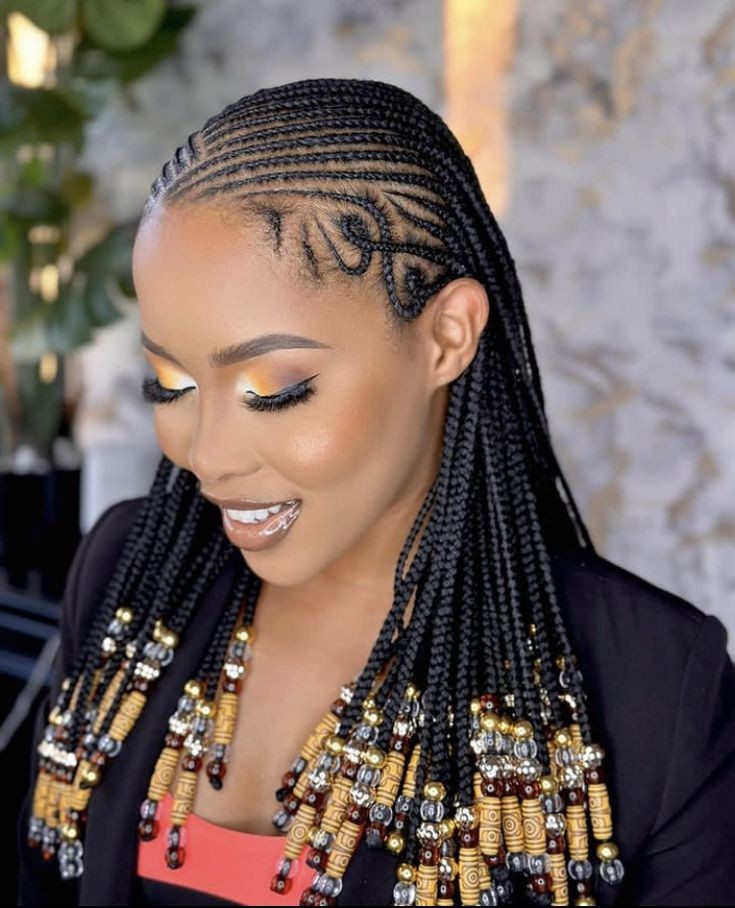
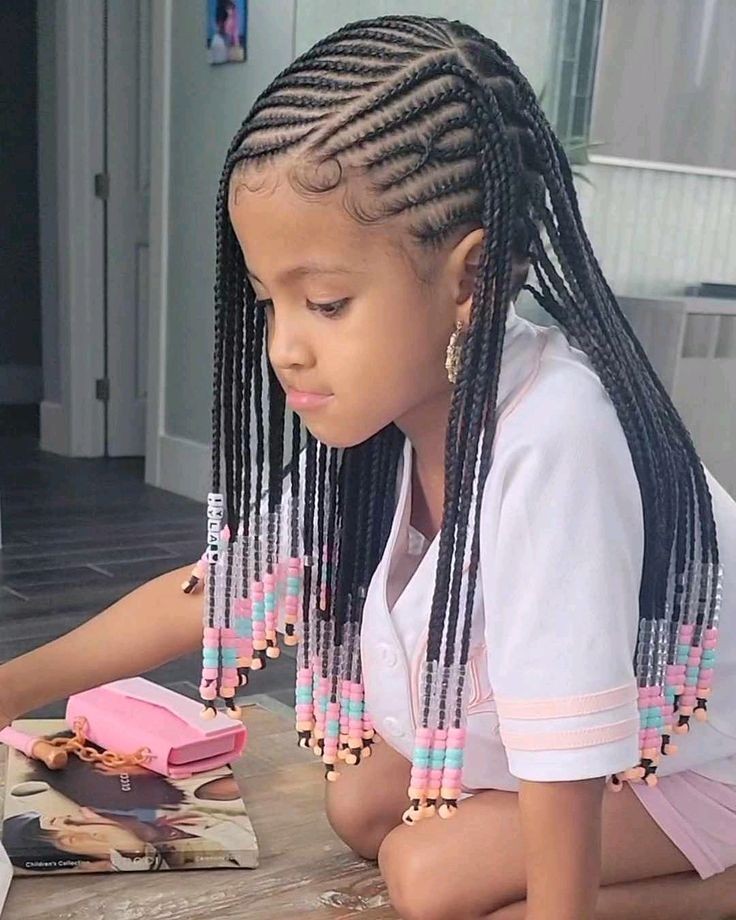

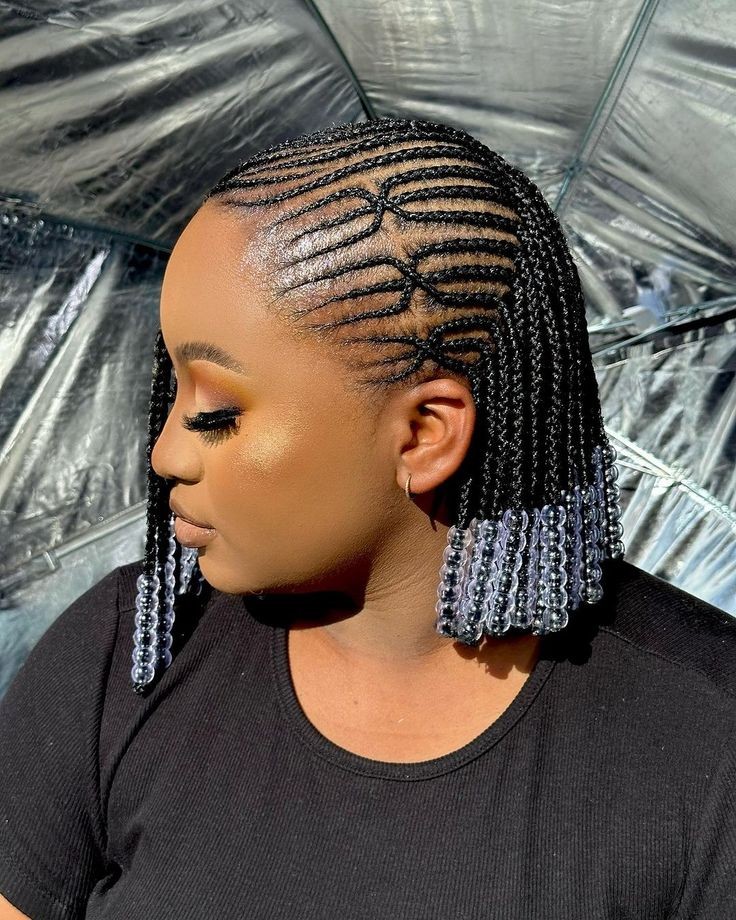
In conclusion, cornrows hold a deep cultural significance in African communities and have served as more than just a fashionable hairstyle throughout history. They are a representation of identity, community, and often a means of storytelling. It is important to recognize and respect the cultural origins and significance of cornrows, and to celebrate their beauty and significance in black hair culture. By acknowledging and embracing their roots, we can continue to appreciate and preserve the rich history and traditions associated with this iconic hairstyle.

